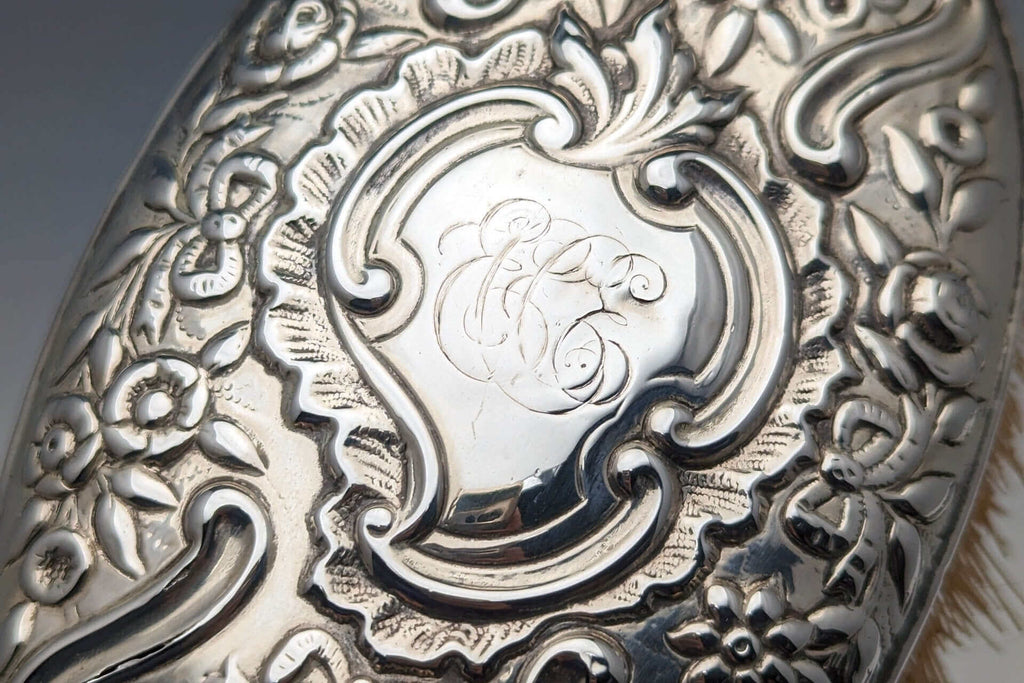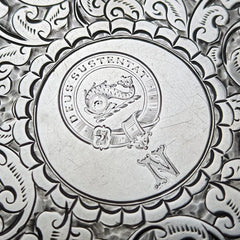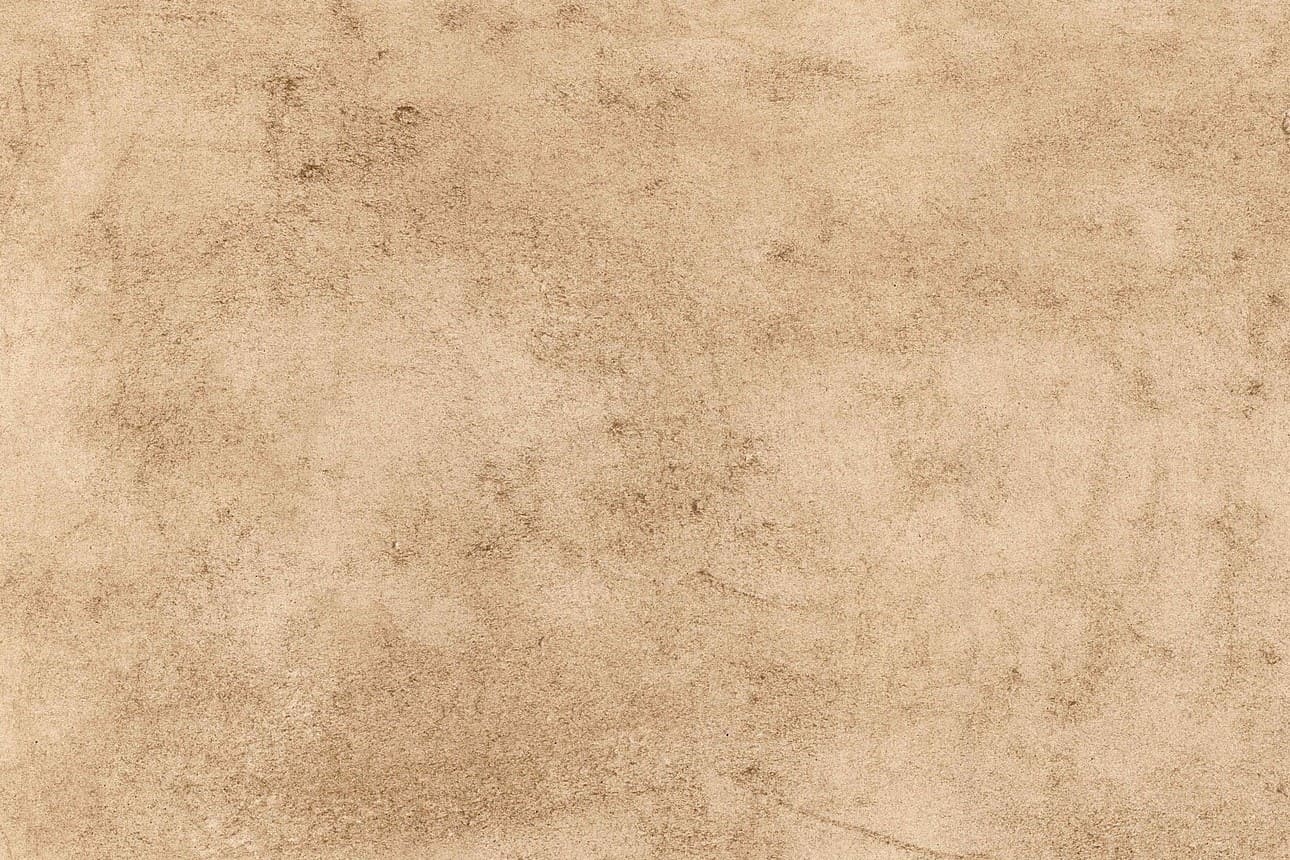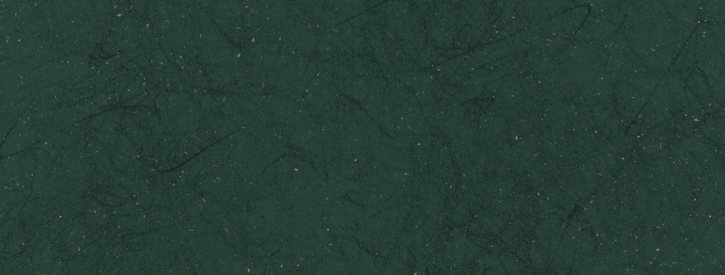Antique decoration "cartouche"
Posted by WATANABETAIGA

One of the decorative motifs commonly seen in Western antique crafts is called a "cartouche."
This is a general term for oval, shield-shaped, and other "border decorations," and is seen in a variety of European decorative arts, including architecture, painting, and crafts.
The area surrounded by the "border decoration" often has monograms or family crests engraved on it, which can provide clues to the origins of the antique item.
1. History
The cartouche is said to have originated as a decoration used in ancient Egyptian hieroglyphics (sacred writing) to surround the name of a king or other such name.
This decorative enclosure was called a "chen," but because its shape resembles a rifle cartridge, it came to be called a "cartouche," which in French means a rifle cartridge.

Cartouches, which spread from ancient Egypt to Greece and Rome, were widely used as heraldry and religious symbols in medieval Europe.
During the Baroque period, it developed greatly as a frame-like decoration and was used as a central motif in various decorations such as furniture and buildings.
The decorative motif of the "cartouche" evolved into complex forms during the Renaissance, Baroque, and Rococo periods, fusing with the designs of each era.

2. "Cartouches" on silverware and pocket watches
This "cartouche" motif can also be found in many antique silverware and pocket watches.
In silver products and pocket watches, the term is used to refer to the parts where coats of arms or monograms are engraved, rather than as a decorative motif.
Cartouches are often found on items such as salvas, teapots, pocket watch backs, and card cases, and are often engraved with the family crest of the item, the initials of the first owner, or a message indicating that the item was given as a gift in commemoration of something.




3. The joy of deciphering cartouches
Some cartouches may not originally have family crests or initials engraved on them, but some have been scratched away or erased over the years as they have changed hands.
You can also engrave your name or a message on this part to give it as a gift.
There may be original engravings or messages remaining in the cartouche (or they may have been added later).
Some family crests and initials have beautiful designs in themselves, and the family crest, engraved initials, or dates can provide clues as to who may have owned the antique item.
In addition, the commemorative message allows us to imagine the relationship between the giver and the owner, as well as the circumstances at the time the item was received.
These engravings evoke the history of the antique and the story of its owner, further enhancing the appeal of the item.
summary
The cartouche is one of the most representative decorative motifs of Western antiques.
Not only are they beautiful as decorations, but they are also very fascinating, as the engravings and messages engraved on them allow us to imagine the origins and drama of the antique item.











